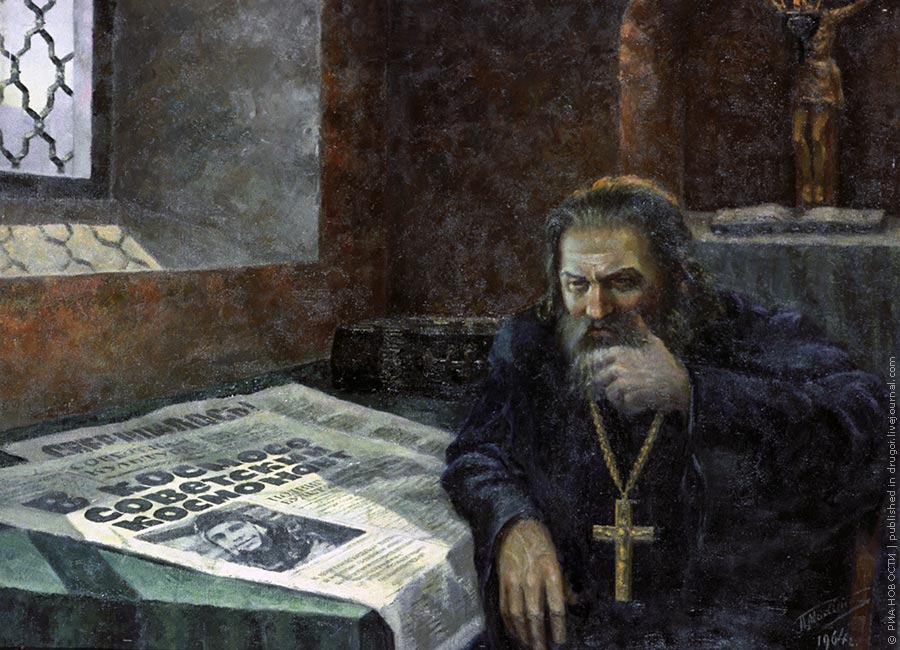As a historian interested in visuality in general and Soviet visual culture in particular, I read Jan Plamper’s book with great interest and benefit, but with some perplexity. The book offers us an excellent survey of the production of some of the visual components of the Stalin personality cult and an interpretation of some of those products. The chapter on photos of Stalin in Pravda gave me an almost palpable sense of the progression of the cult over time. The chapters devoted to the artists and institutions that produced the Stalin cult contribute an important case study to a developing body of scholarship about socialist realism in the visual realm. Its discussion of those products and of socialist realism as a system of artistic production, however, left me unsatisfied. I am not trained as an art historian so I want to be careful about making definitive statements here, but I found several of the arguments in the book to have been suggestive but under-developed.
First, I have no doubt that Stalin was understood to be the central point of concentric circles radiating out from his body, his office in the Kremlin, and so on to the borders of the empire, as Plamper argues, but I struggled in vain to see anything circular in the composition and conceptualization of the paintings he singles out for analysis. Both Morning of the Motherland and Stalin and Voroshilov in the Kremlin look to me to be constructed of networks of diagonal lines, making up numerous independent and overlapping triangles.
 Morning certainly does place Stalin’s heart in the sun’s spotlight at the center of the painting, but the plows, plow lines, power lines and road all converge at a vanishing point behind Stalin, forming triangles on the horizontal plane of the landscape and a vertical triangle from the right and left edges of the canvas up to Stalin’s head as the apex. The smokestacks in the distance may be on a circular line, as Plamper suggests, but it’s hard for me to see that and it’s more plausible to my eye to see them as another flat line along the horizon making up the base of another triangle with Stalin’s head as the apex again.
Morning certainly does place Stalin’s heart in the sun’s spotlight at the center of the painting, but the plows, plow lines, power lines and road all converge at a vanishing point behind Stalin, forming triangles on the horizontal plane of the landscape and a vertical triangle from the right and left edges of the canvas up to Stalin’s head as the apex. The smokestacks in the distance may be on a circular line, as Plamper suggests, but it’s hard for me to see that and it’s more plausible to my eye to see them as another flat line along the horizon making up the base of another triangle with Stalin’s head as the apex again.
 Stalin and Voroshilov is even more insistently angular, with diagonals crisscrossing throughout the composition, creating a sense of dynamism underlying the solidity of Stalin’s immobile form (he seems to be both standing still and walking at the same time, a neat trick!) and among the solid, stable architectural elements. One can easily imagine the conceptual circles Plamper proposes, but I can’t see them anywhere in these two paintings.
Stalin and Voroshilov is even more insistently angular, with diagonals crisscrossing throughout the composition, creating a sense of dynamism underlying the solidity of Stalin’s immobile form (he seems to be both standing still and walking at the same time, a neat trick!) and among the solid, stable architectural elements. One can easily imagine the conceptual circles Plamper proposes, but I can’t see them anywhere in these two paintings.



